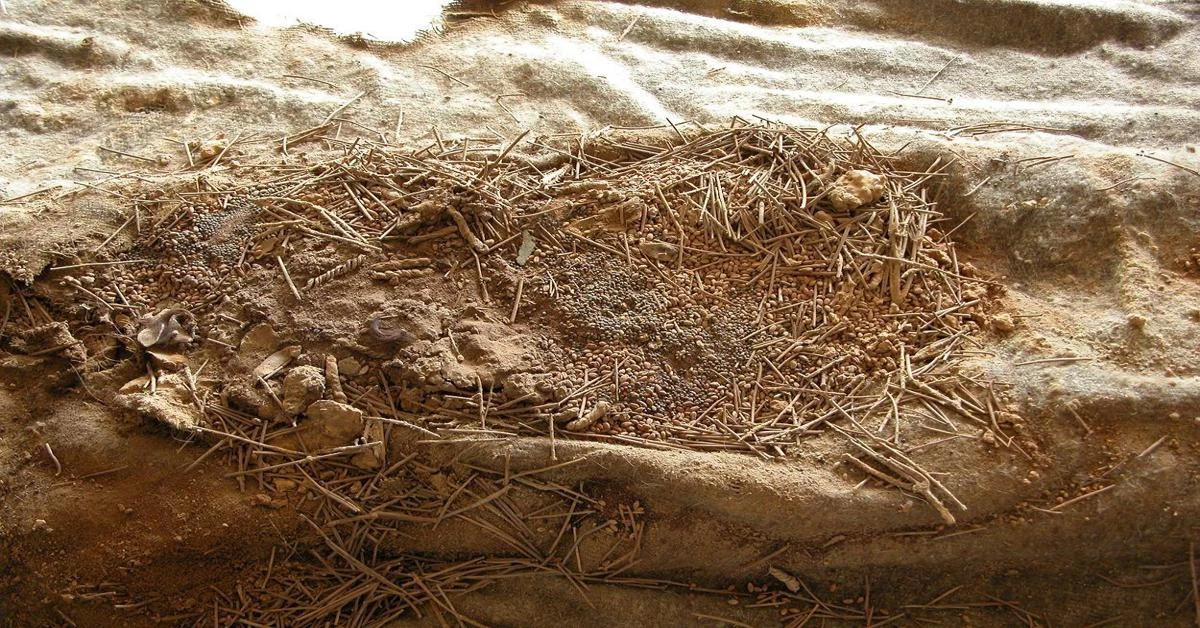Data from Xinjiang Uygur Autonomous Region provides insights into ancient cooking traditions

The team analyzed the DNA found in millet dating back to 1700 B.C. and 700 A.D.
The team, comprising researchers from different institutions in the U.S., the U.K. and China, unearthed archeological remains during excavations in the Xinjiang Uyghur Autonomous Region.
Conducting a comparative analysis with ceramic studies, the team analyzed the data found in millet remains dating back to 1700 B.C. and 700 A.D.
The study’s results, published in the journal Antiquity, provided data on how regional culinary traditions persisted despite the emergence of new products.
In Asia, boiling and steaming prepared broomcorn millet, results in a moist and sticky product. Meanwhile, in Central Asia, grains were usually ground and baked as bread.
When the new millet appeared, the research revealed that local people applied their existing cooking methods to the new grain.
When the ceramic finds are analyzed, the vessels with a three-legged base found in Eastern China are designed for boiling.
In contrast, Central Asians have a rounded base, a design originating from the Altai mountains.
Source: Newsroom



